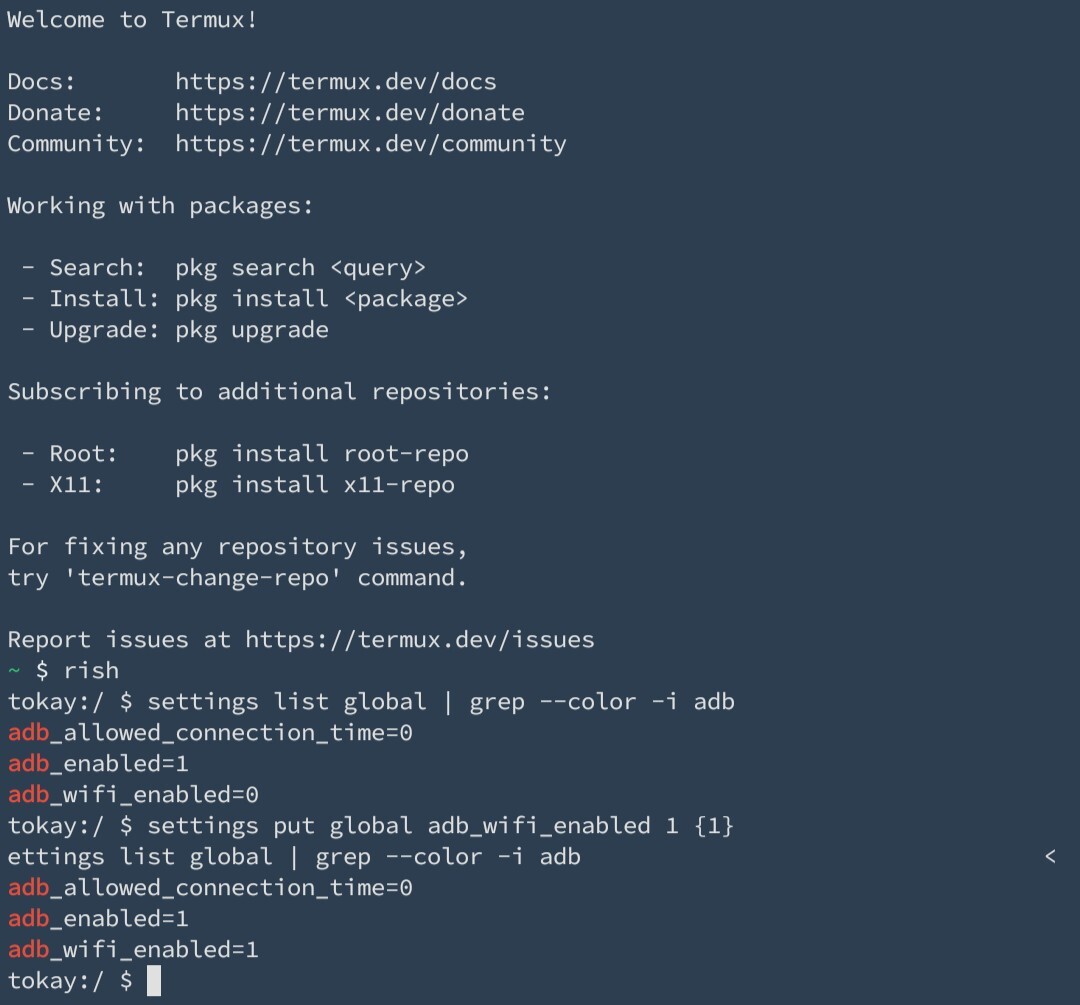

If I say I hung out in the parking lot of the school…
Hi guy


If I say I hung out in the parking lot of the school…


So, an atomic powered RAID array with SMART corruption correcting code attribute in a timed replacement sequence of a series of single platter, low RPM, drives, using ZFS?
But apparently, using a simple archival quality DVD+R or Blu-ray would work. (Don’t forget to include the hardware so you have something that can read it in the future.)
Apparently verbatim gold archive DVD+r has been rated for between 32 and 127 years with a minimum 18.
Some Blu-ray from a few corps is rated at 50 years.
Under ideal conditions.
However, I’ll stick to my crystal skulls and their magic alien data storage.
Also: https://github.com/usnationalarchives/digital-preservation
https://www.archives.gov/preservation/storage
Sidenote: my few Linux machines are all running on HDDs that are each at least 10 years old. With additional internal and external 5" and external 2.5" drives that are just as old. My oldest is probably about 15.
Thank the Linus for smartmontools and smartd/smartctl.
The ideas were patented 25 years ago.
Seems the only real solution is to buy cheap burners.
Curious if using the website version of an app can pick up the mediaDRM key via the browser.


I was looking at this a while back, but was hesitant because I just got the hang of systemd.
The WM/DE don’t really matter much to me, I tweak to my liking one way or another.
A few questions if you don’t mind:
How do you find it when needing to interact with the system? Is it sysyemd-like or is there another learning curve ahead?
What are the repos / installers like? Being debian, I assume it’s not always current? How do foreign repos fare?
I wouldn’t recommend anything.
This is only what I know.
There is much much much more I don’t know.
This might be useful to use temporarily when you add an app that you know will read these values on install.
You may be able to use an app like geto to have this option toggled so that it only uses the developer settings option when the app is launched and returns to hardware when it closes.
Keep in mind there are a host of other identifiers on your device that can also be used to track and identify the user and device.
I like privacy and security.


Iron fox is great.
Was my first impression.
However, it is maybe a bit excessively prohibitive in it’s attempts to provide privacy/security.
And there are a few issues that leave some privacy options wide open for some reason.
To the 1st point, they use a couple dozen different blocklists, using uBlock. Those default lists block sites that can test your browser for security and privacy vulnerability. Eg one of the most used and ubiquitous sites: browserleaks.org is blocked.
Which brings me to 2nd point.
I always check webrtc for leaks. In Mozilla/Firefox builds that is media.peerconnection.enabled in about:config.
In the plethora of blocklists used by ironfox two are conspicuously left unchecked: block webrtc and unbreak webrtc.
And, for whatever reasoning, in about config, yep, peerconnection is enabled. As is webgl.
Maybe I don’t get out much, but I have never experienced an issue with any website that required webrtc, webgl, or wrbgpu be enabled. (They are each significant attack surfaces and each leak data you didn’t know was being leaked)
I’m not using iron fox to use teams or make a video call. There is zero reason for it.
And blocking sites that check these has me maybe a little cautious on it really being the thing it says it is.


While continuing to use their own proxies to send your data to google.
So, the media DRM toggle switches from the hardcoded hardware ID to a software DRM. Creating a new DRM key.
https://developer.android.com/reference/android/media/MediaDrm

Geto uses shizuku (an app that allows for adb/shell functionality) to change settings that are usually hiddden or inaccessible, or to give/deny apps permissions or features, or, as in the screenshot to change certain keys values. This allows you to change the environment and settings of the app on launch, and revert them on app close.
You can see all the current settings by using adb:
adb shell settings list [ global | secure | system ]
Or in termux with shizuku:
settings list [ global | secure | system ]
In the following screenshot I enter the shell using shizuku (rish) list global settings and find keys with adb. I change the value of adb_wifi_enabled (wirelese debugging) from 0 to 1 and set {1} as the default value. Then I list again to show the change.
This is what geto is doing. But it assigns it to the action of launching/closing an app. While doing it manually via terminal set those values system wide.
Sometimes, though, you may want a system wide change (like if you want to change the accent colors or theme from RAINBOW to VIBRANT).
(There are other configs and properties you can viewed and modify using other commands. (in shell try
cmd -l
For a list of services. Some have user modable options. Be careful. If you don’t know, don’t touch. Every setting can be searched . there are hundreds or thousands .)

Was able to get a different result using the media DRM toggle in developer settings

Verified results using TrustDevice
https://apt.izzysoft.de/fdroid/index/apk/com.trustdevice.android
https://www.trustdecision.com/
The other identifiers remained.
No appops or permissions change or prevent the exposure of other information.
Actually… Geto, can apply appop settings/values per app launch. And you can change the android_id value.

Remember when phones had that insane super advanced tech that could guide anyone anywhere, even offline?
Seriously, why doesn’t the compass exist anymore?
I have never turned on location anything on grapheme.
On my other phone I have also uninstalled google location services/history, WiFi scanning, Bluetooth unknown tracker, etc.
If I get lost in a building… I ask someone.
I got a pixel 9 for $240 CAD via carrier promotion in Canada.
I held out getting a new phone as long as I could and they offered a new pixel 9 for $5 per month for 24 months
Not to trade in after 24.
It’s mine. For 5$ a month.
When I received it I didn’t turn it on for a week.
Read as much as I could to decide that Google would only ever see the single boot to enable developer mode and enable OEM unlock to flash graphenos.
It seemed intimidating, but the process to install is very smooth.


Or, for a simpler and possibly less devastating to yoyr system (backup and) use termux or something and run
Chsh


I wonder how well that’ll work against the 340,282,366,920,938,463,463,374,607,431,768,211,456 (that’s the real number) ipv6 addresses.


You are not.
I also go so far as to completely remove the options for anything on home/newtab from the prefs page.
I didn’t mind the shortcuts and such on a new tab page, but ads…just no.
Figured I’d add a screenshot:
I am a tweaker



You will own nothing and you will be happy.


I have become a dmesg addict and know way too much about the boot process now.
I am comforted by yama becoming mindful.
Not when you make it yourself.
Music theory in shambles.
(Shambles also means walking with a stumble, so, I guess I’m now a bad person)